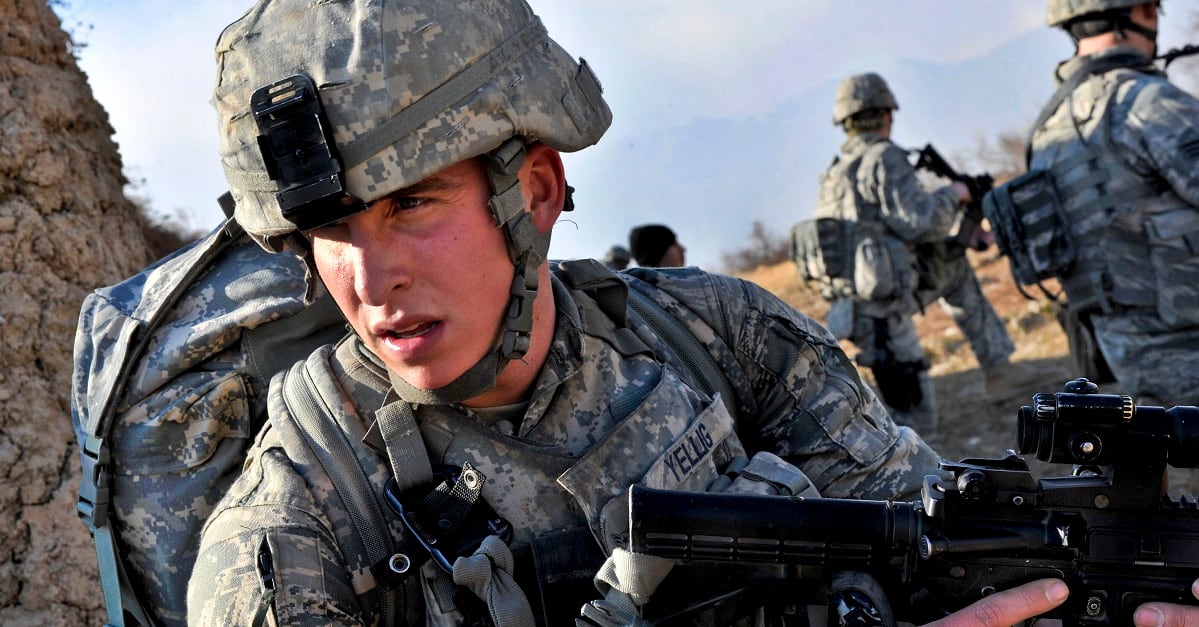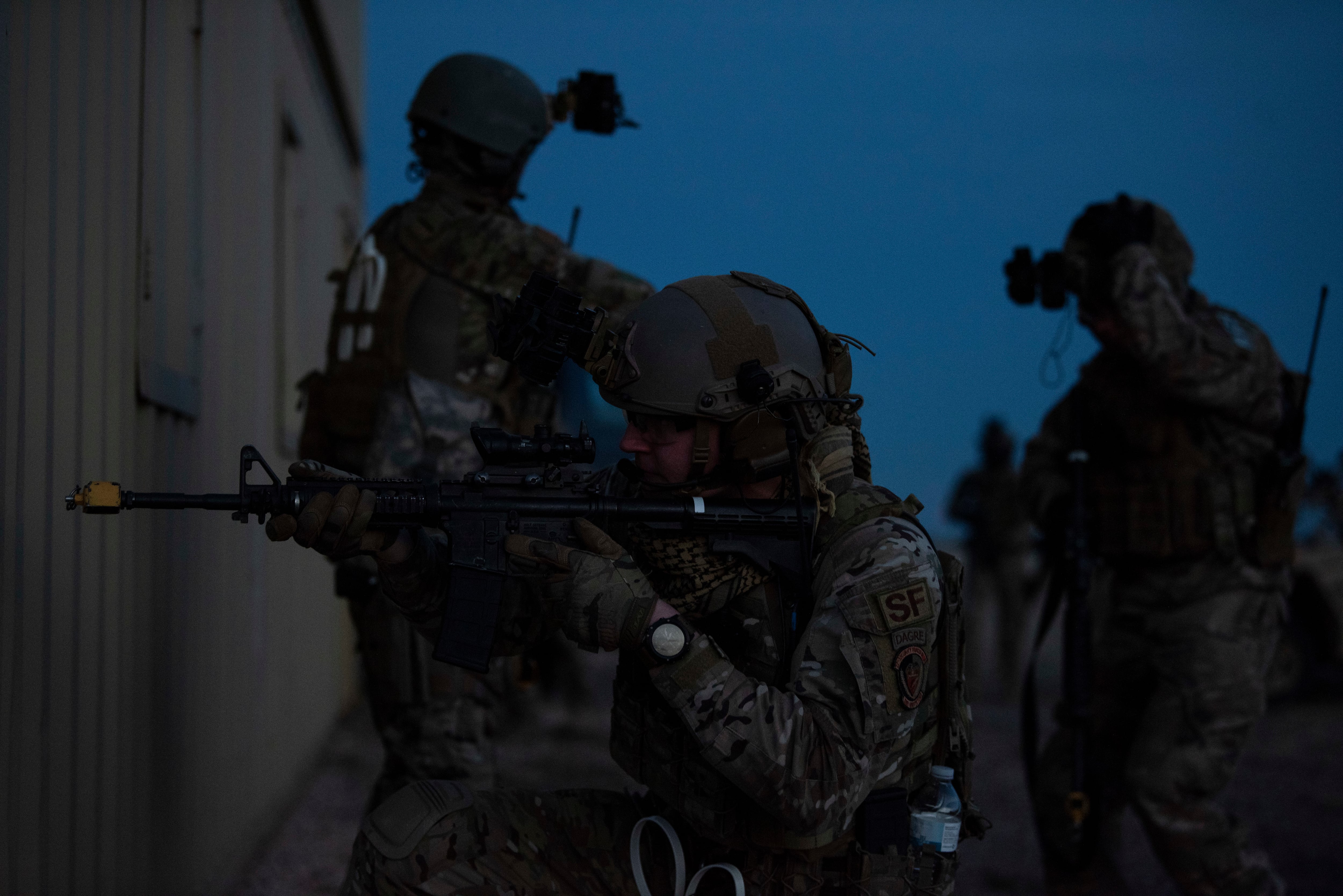Security forces airmen are getting a new weapon.
The Air Force issued a memorandum Dec. 3 that formalizes the arrival of the M18 Modular Handgun System for base defenders.
The M18 handgun is a compact version of Sig Sauer’s M-17, which chambers 9 mm ammunition. It will replace the Beretta M9, which shot the same caliber round. The Army selected the M17 Modular Handgun System as the new service pistol for its soldiers in January 2017.
The smaller M18 variant was designed for carry by military police, investigators and troops on special duties.
The Air Force Manual has also been updated with new guidance for security forces airmen as the service prepares the career field for an era of great power competition, with a large part of the new doctrine focusing on getting Air Force base defenders to the range.
In advance of a rewrite to Air Force Manual 31-129, the Dec. 3 memorandum adds two new chapters, 7 and 8, outlining small-arms sustainment training and small-arms dry-fire training.
Chapter 7 requires security forces personnel with an arming requirement to complete quarterly live-fire training, first for qualification and then sustainment, with their carbine and handgun. The live-fire training is completed during each calendar year quarter: January – March, April – June, July – September, and October – December.
RELATED

“Starting with the [calendar year] quarter an individual completes qualification training, they complete the next training event no earlier than 30 days (must be in the next quarter) after completing the previous live-fire event,” the memo reads
Airmen continue this cycle until they are once again due for qualification. Additionally, security forces commanders are to establish quarterly training cycles for their troops.
“Not all personnel need to be in the same cycle," the memo reads. "For example, different flights may be in different cycles. Individuals that do not complete the required training before the end of a quarter cannot be armed with the applicable weapon (carbine or handgun) until they accomplish the training.”
The only exemption to sustainment training is when airmen are deployed, or if the wing commander has approved alternate training methods due to range closures or limitations.

These methods may include training with blank ammunition, dry-fire training or similar practices.
“Live-fire sustainment training drills should focus on specific skills such as improving speed, accuracy, tactical movement and reaction to threats,” the memo reads.
Security forces units may also develop their own sustainment training drills and courses.
Firing on a full distance range at pop-up targets is one example of a unit sustainment drill. Live-fire training may include firing with ball or frangible ammunition, as well as using the Close Combat Mission Capability Kit, or CCMCK, with dye-marking rounds.
“This is an excellent option for force-on-force and tactics training,” the memo reads. “The use of the CCMCK also enables the conduct of sustainment drills in training areas outside the small-arms range, as outlined in AFI 36-2654.”
Security forces airmen can also use virtual training systems to train marksmanship, weapons handling and small-unit tactics. However, the memo cautions that the virtual system must provide weapon recoil in order to better mirror live-fire shooting.
The updated guidelines are part of the Air Force’s push to better prepare its security forces squadrons to defend bases in the chaotic battle space that would inevitably develop were the U.S. to fight a peer adversary like Russia or China.
In an era of great-power competition, Air Force squadrons may find themselves operating more like the highly mobile flying circuses of World War I, than the stationary airfields of the Global War on Terror.
That shift will require a focus on base defenses, especially if the forward line of troops is close to the airfield.
Kyle Rempfer was an editor and reporter who has covered combat operations, criminal cases, foreign military assistance and training accidents. Before entering journalism, Kyle served in U.S. Air Force Special Tactics and deployed in 2014 to Paktika Province, Afghanistan, and Baghdad, Iraq.





